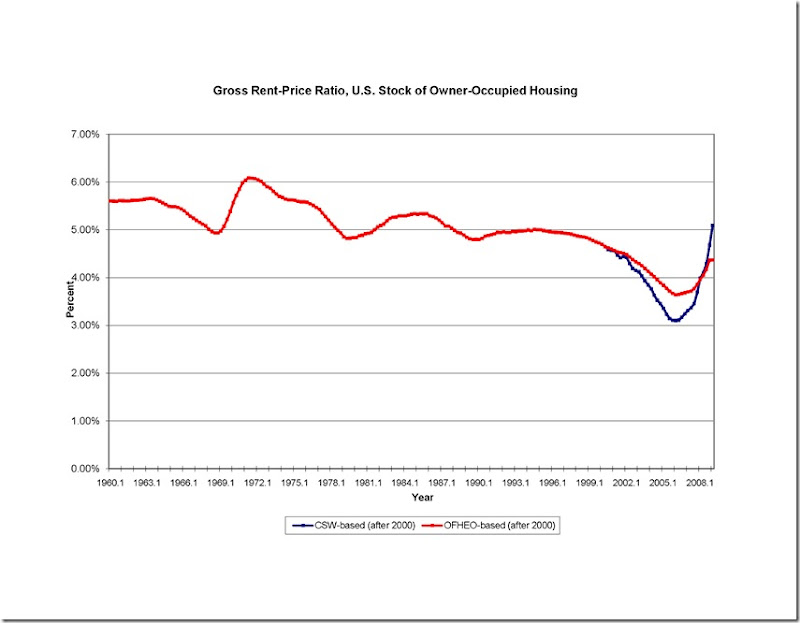The authors in this paper, (Rick, Scott, Cynthia Cryder, and George Loewenstein (2008), "Tightwads and Spendthrifts," Journal of Consumer Research, 34 (6), 767-782.) examine the behavioral differences between tightwads and spendthrifts. The authors suggest that many consumers do not consider opportunity cost when making purchases. Instead, spending may be controlled by the “pain of paying.” In the words of the authors:
Suppose, for example, that dining out at a nice restaurant tonight requires you to forgo dining out at an even nicer restaurant next month. People who experience an intense pain of paying may behave as if dining out tonight requires giving up several nicer dinners next month. That is, their affective reaction to spending may lead them to spend less than their more deliberative selves would prefer. We refer to such consumers as tightwads.
The authors speculate that spendthrifts do not experience a similar anxiety. They test their hypothesis by creating a tightwad/sprendthrift scale based on a questionnaire and conclude that the pain of paying powerfully influences spending behavior.
While we find strong relationships between ST-TW scores and credit card debt and savings, we find little relationship between ST-TW scores and income. This suggests that the differences in credit card debt and savings between spendthrifts and tightwads are more likely attributable to differences in spending habits than to differences in income.
The authors don’t explain why some consumers experience this pain while others do not. Is it nature or nurture? They do point out, however, that situational factors that mask the pain of paying, such as using a credit card. can reduce the pain of paying, turning tightwads into spendthrifts. Although not mentioned by the authors, the results do seem to support the commonplace advice of many credit counselors that you can better control your spending by tearing up those credit cards and using cash.













